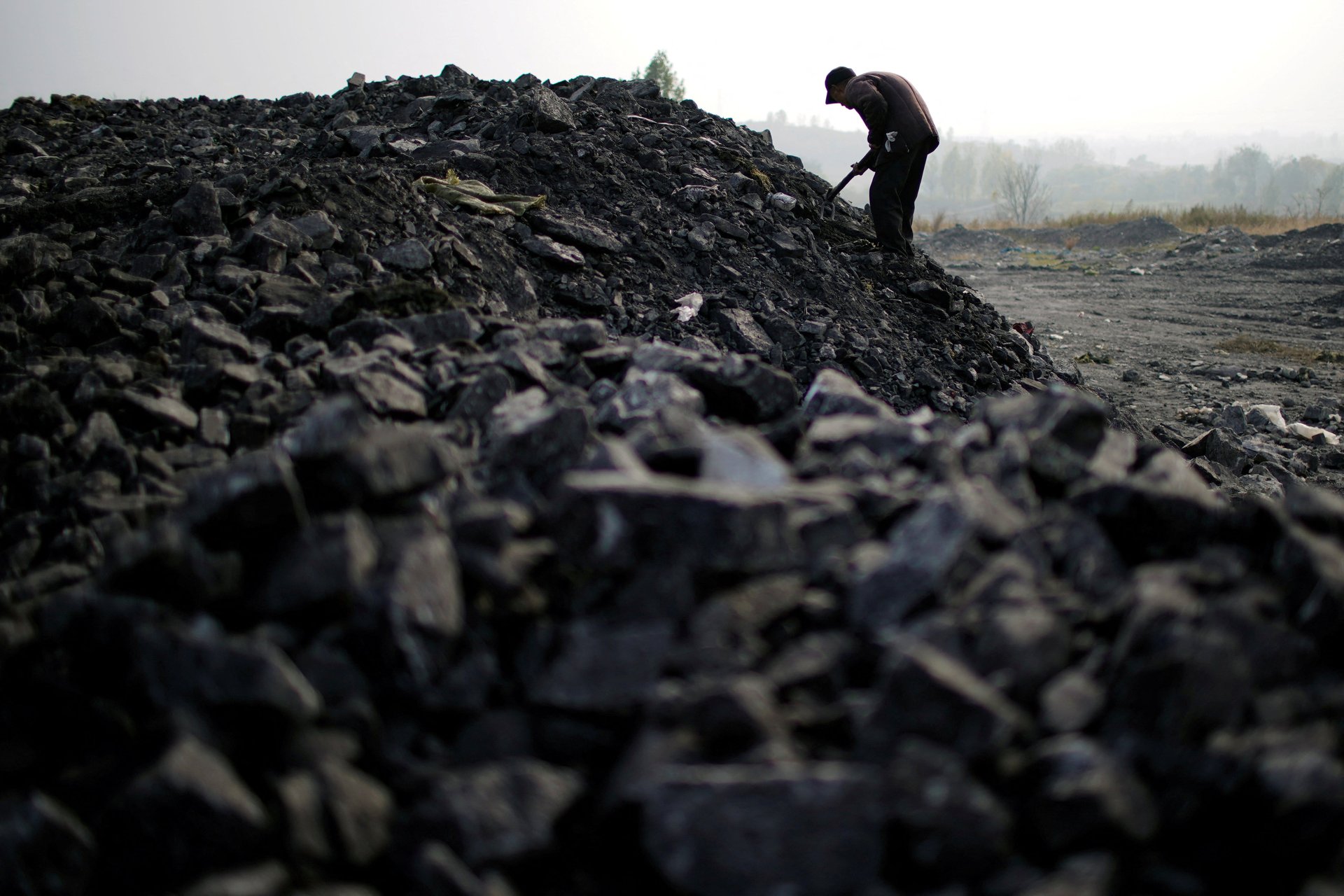Why China should be off the hook for climate finance
Liechtenstein, Qatar, and Singapore are better candidates

The most important outcome of COP27, the climate summit in Egypt earlier this month, was the creation of a new UN-administered fund to compensate developing countries for the costs they incur from climate change-related disasters.
Suggested Reading
Convincing wealthy countries to agree to such a “loss and damage” fund was regarded by many activists and developing country diplomats as a bare-minimum outcome for COP27 to be considered a success. But other than its existence, almost no details of the fund have been laid out—not its fundraising target, or how vulnerable countries will utilize it, or where the money will come from.
Related Content
The agreement does make clear that it won’t only be the usual suspects—the US, Europe, Canada, and other top historic greenhouse gas emitters—on the hook to pony up. The fund’s money will need to come from “new and additional resources...from other sources, funds, processes and initiatives, including outside the Convention and the Paris Agreement,” the agreement declared.
This language implies that multinational financial institutions, like the World Bank, may have to contribute, as well as private companies. And it suggests that individual countries whose economies and emissions have grown substantially since the original 1992 UN climate convention should chip in as well—especially China, many Western leaders argue, since the country now has the world’s biggest carbon footprint.
“China will have to contribute more” to loss and damage, Gordon Brown, the former UK prime minister, told The Guardian on Nov. 26. The EU climate envoy Frans Timmermans and other leaders made similar statements during the COP.
China’s per-capita emissions and income are still relatively low
But there’s little reason to think that China will come to the rescue on loss and damage. During COP27, Xie Zhenhua, the Chinese climate envoy, specifically said that his country would not pay into the new fund. And the data seem to give his argument some moral backing.
As with all forms of global climate finance, contributions to the loss and damage fund are voluntary, meaning that apportioning responsibility to individual donors is an academic exercise, not a legally binding one. But in a June 2022 paper (pdf), economists at the Overseas Development Institute (ODI), a UK think tank, sought to identify potential new contributors to climate finance by comparing the emissions and income of the richest countries (or “Annex II” countries in climate jargon, a list that includes the EU, US, Canada, and Australia) to every other country. Specifically, ODI examined per-capita income as a proxy for a country’s ability to pay, and per-capita cumulative emissions since 1990, as a proxy for a country’s contribution to the climate crisis.
The ODI rationale was that any non-Annex II country that ranked higher on one or both of those metrics than Annex II countries could be a compelling candidate for climate finance payments. On that basis, China is off the hook. Both its income and emissions are below all Annex II countries, and far below the richest and highest-emitting ones.
Gulf countries should pay more for climate finance
The ODI analysis does identify some other likely contributors. Singapore and Qatar both have per-capita cumulative emissions and per-capita income that are higher than most Annex II countries. Singapore has not yet donated anything to global climate finance; Qatar contributed $500,000 in 2021 to an older UN fund that supports climate adaptation projects. And although the tiny European finance hub of Lichtenstein keeps its emissions low, it is another high-income non-Annex II country.
The analysis also points to Israel and to other Gulf oil-and-gas exporters like Saudi Arabia, Kuwait, and the United Arab Emirates as having income and emissions higher than some or most Annex II countries. Counterintuitively, it also points to some of the highly climate-vulnerable nations—the Bahamas, Trinidad, Nauru—that have been the most vocal champions of a loss and damage fund. These islands have small populations and often rely on diesel generators and other inefficient, high-pollution energy systems, so their per-capita emissions are relatively high. But none of these countries rank higher on income than any Annex II nation.
Clearly, climate liability is a messy enterprise with no obvious answers. And given that the most obvious Annex II candidates still have not met a fundraising pledge they made in 2009 to raise $100 billion annually in overall climate finance by 2020, secondary candidates have plenty of political cover to continue sitting on their hands. It’s unlikely that further details or financing pledges to the loss and damage fund will be forthcoming before COP28 next year in Dubai.